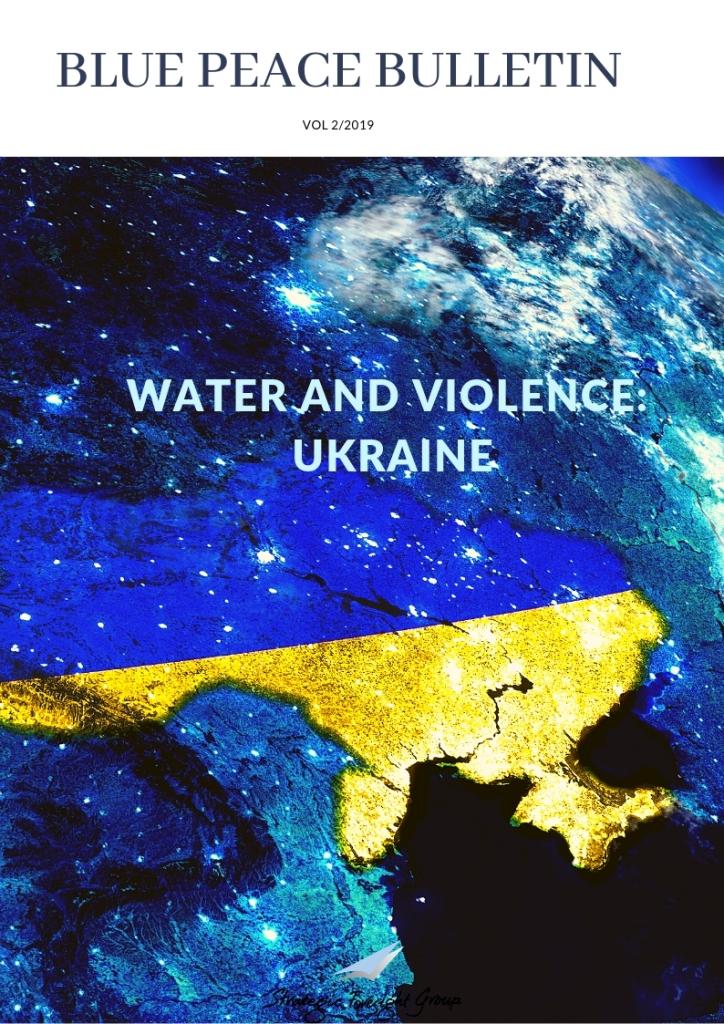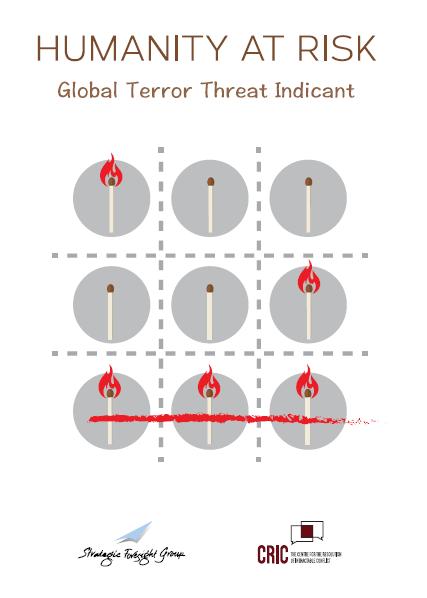Pathway to Change in Myanmar?
|
|
November, 2007
By Jan Zalewski
|
The brutal crackdown of the Burmese military regime on protesting civilians and monks in September 2007 has at last brought international attention to a country which has been ruled and brought to the verge of collapse by the longest-serving military dictatorship in the world. Suddenly the media, never having bothered much about this country so far removed from the mental map of the world, found itself lacking recourse to informants that could satisfactorily answer the myriad questions brought up by the pictures that poured out of the country at the height of the crackdown. Somehow sources were found, mostly vocal human rights activists, Burmese exile politicians, and lobby groups.
What they said sounded plausible indeed, and so it all filtered into newspaper articles, radio broadcasts and television specials, with numerous less creative ones of the same simply copying the gist of it. The �€˜truth�€™ looked like this: a brutal military regime crushes demonstrations by peaceful civilians and monks protesting for their �€˜legitimate�€™ rights for democratic change. For the unaware public, still puzzled about the existence of this faraway country, the mind was made up as to who was good and who was evil �€“ in the end, the pictures that accompanied these claims were rather straightforward and did not allow for other conclusions. And, after all, who would want to be singled-out as a supporter of blood-spilling monsters that do nothing but kill innocent demonstrators, arrest charismatic women-leaders of democratic parties, and systematically suppress the human rights of its citizens? The clear message was: support democracy, turn down dictators!
Unfortunately, the black and white representation by most of the Western media is not only misleading, but is dangerously so. This is not denying that the Burmese military is one of the most brutal dictatorships in the world, and should also not imply an excuse for its dismal human rights records (however skewed and unreliable the data about it may be). But, crucially, neither the West�€™s representation of the conflict situation, or its strategies to solve the conflict, will lead to a Western style democracy. In fact, they will not even lead to improvements in the country but are likely to increase the resolve of the State Peace and Development Council (SPDC) to strengthen their grip on power and, out of perceived necessity, suppress the people�€™s rights even more. What have recently been hailed as improvements to the situation in Myanmar are charades to satisfy the demands of the West in order to stay in power a little longer. I will briefly outline some of the reasons for this below.
The vast majority of Western governments and media have from the beginning portrayed the demonstrations in Myanmar as pro-democracy rallies, demanding regime change. In the beginning, however, people marched the streets because of massive increases in fuel prices, and what they demanded were the reversal of the same. When at a later stage monks joined the protests, this was not, as portrayed, in order to support the putative pro-democracy demonstrations, but in order to force an apology of minor military officers who have mistreated fellow monks in the city of Pakokku. The military showed restraint as long as the situation remained like this �€“ essentially harmless to their rule, even if the number of demonstrators increased to more than 100,000. Guided by a xenophobic mistrust of everything foreign, what the Burmese generals really fear is what they have plastered in messages to the citizenry in signposts all around Myanmar. These messages read, for example: �€œoppose those trying to jeopardize stability of the state�€, or �€œcrush all internal and external destructive elements as the common enemy�€. Only when pictures emerged that showed demonstrators, including Buddhist monks, greeting pro-democracy icon and Nobel Peace Prize laureate Aung San Suu Kyi at the front gate of the house where she is held under house arrest, and only when members of the pro-democracy 88-Students Group openly demanded democratic change, the situation turned nasty. For the SPDC, this was a sign that the country was disintegrating, and the �€˜internal and external destructive elements�€™ could easily be made out as the demonstrators and the West, which is perceived to have masterminded these. And Western news media, in their representations, confirmed this to them. Acts like brand-marking Myanmar an �€˜outpost of tyranny�€™, or in an act of defiance calling the country by its old name �€˜Burma�€™ rather than �€˜Myanmar�€™, only reinforce such xenophobic perceptions.
Furthermore, the conflict in Myanmar is not, as represented by Western media, a conflict of totalitarianism vs. democracy. Rather, the conflict is multidimensional and cannot be solved by simply installing democracy. Myanmar hosts an estimated 135 ethnic groups, the great majority of which have taken up arms in order to achieve their goal of independence or greater autonomy. In any attempt for national reconciliation, their plight would need to be taken into account.
The strategies to bring about national reconciliation mirror the West�€™s misconceptions of the situation in Myanmar, and are bound to further aggravate the situation. Extensive sanctions, intended to pressure the SPDC from power or at least at the negotiating table with Aung San Suu Kyi, will never reach their goal, as long as these are enacted only by Western governments whose economic transactions with the Burmese military are negligible anyway. Myanmar�€™s main business partners are China, India, and a number of ASEAN states. These states are extremely reluctant to even criticize the situation in the country, as they on the one hand have vested strategic interests in Myanmar, and on the other hand their foreign policies prescribe them the paradigm of non-interference in the internal affairs of other states.
Nevertheless, Western media never tires in finding signs for a change in those actors�€™ behaviour. Value is given to such forced and reluctant statements such as by Indian External Affairs Minister Pranab Mukherjee, who argued that �€œas far as possible, important political prisoners should be released. There should be some sort of inquiry into the excesses which were resorted to�€ (ambiguities in italics). Taken such statements, one is indeed inclined to pause, and wonder who the cat is and who the mouse in this game is. Whatever your conclusion, the effect is that the West renders itself dispensable to Myanmar�€™s economy; at the same time, again, the SPDC�€™s xenophobic world view is boosted �€“ factors that will surely not lead to the outcome desired by the West.
Apropos �€˜outcome desired by the West�€™. Within a few weeks, Myanmar seems to have gained back its position as a �€˜blank�€™ on the map of the media - and in the minds of the people. And bolstered by its allies China and Russia, always there to protect it from UNSC Resolutions, Myanmar is bold enough to play cat and mouse with the United Nations: even while Ibrahim Gambari, the UN Special Envoy to Myanmar, was in the country, the SPDC was happy to arrest more and more people, adding to its vast reserves of political prisoners. Only days before, UN official resident in Myanmar, Charles Petrie, was expelled after he remarked that the situation in the country was deteriorating. Nevertheless, Gambari was happy to return home with news of Aung San Suu Kyi in the form of an official statement (the first in years) and the readiness of the regime to have some chats with her.
Is this a step towards inclusiveness in Burmese politics? Are these indications for changes to the better? Just be sure to remember that in 1994, as in 2002, the SPDC has used similar tactics in order to stay in power that much longer �€“ each time the �€˜atmosphere of imminent change to the better�€™ evaporated within a few years. So let�€™s see how long this round of mockery lasts.
Related Publications
Related latest News
Related Conferences Reports
-

P5 Experts Roundtable on Nuclear Risk Reduction
Download:Geneva Roundtable Report
-

Roundtable on Global Security and Catastrophic Risks
Download:Report on RT revise





